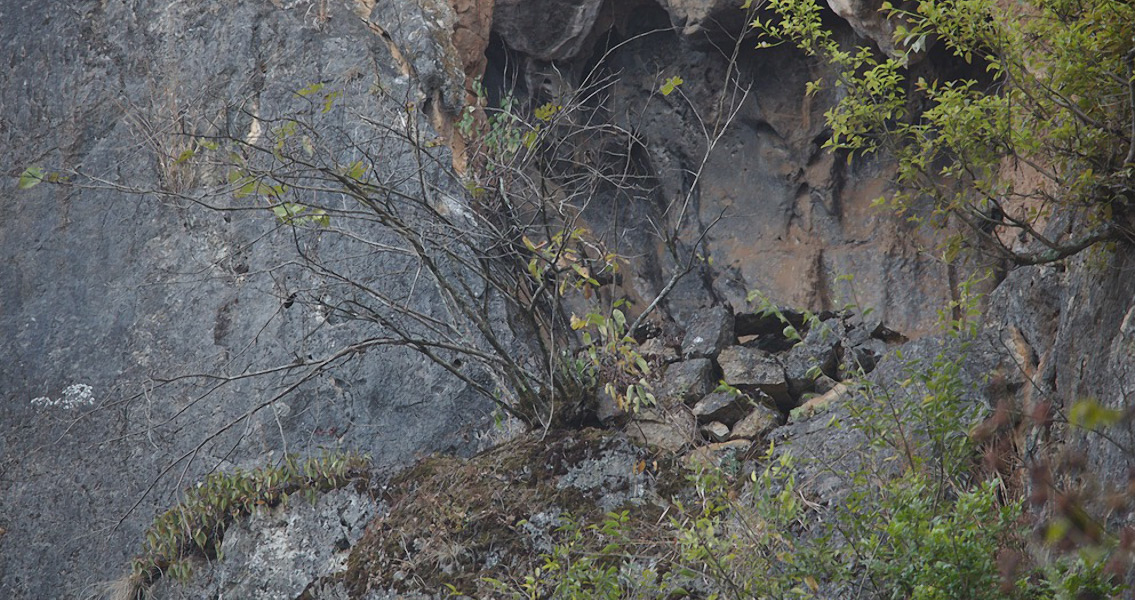<![CDATA[In China’s Hubei province, an imposing and baffling discovery has been made along a river located near the Three Gorges Dam. There, almost halfway up a cliff that’s around 100-meters high, archaeologists found 131 wooden coffins. One hundred and thirty-one coffins hanging inside caves which had been carved into the rock face across a 50-meter area. The find has left archaeologists perplexed as to how the coffins were ever raised to that height to begin with. The Chinese media has reported that the researchers involved in the project believe the coffins once belonged to the ancient Bo people, an ethnic minority that inhabited southern China 1,200 years ago at the time of the Tang dynasty (from 618 to 907 CE). This isn’t the first time hanging burials have been uncovered by archaeologists. Hanging coffin burial sites have been discovered in several southern China provinces, including Fujian, Yunnan, Jiangxi and Sichuan. According to the curator at Yibin Museum, Cui Chen, the hanging coffins are erected in one of three way: 1) They are cantilevered away from a rock face using wooden stakes, 2) The coffins are placed on projections in the rock, or 3) The coffins are placed inside the carved out caves. All three forms have been found at Gongxian, the site of the majority of the hanging coffins. The burial custom is believed to have been carried out as a way for the deceased’s soul to remain within reach of their God in order to achieve an eternal blessing and perhaps more practically, to keep the dead bodies from being eaten by scavengers. Each individual coffin is constructed from a single, hollowed out tree trunk, and was originally overlaid in a protective bronze cover. The mystery surrounding the hanging coffins involves the method, or methods, used to carry or lift the heavy coffins up the cliffs to their final resting places. Some researchers have argued that the coffins must have been lowered down the rock face from the top, using ropes, while others have proposed the coffins were most likely put into place using the wooden stakes which had been driven into the cliff to be used as climbing aids, another group of experts argue that ladders and scaffolding must have been used. Mainlandd media reported previously that several officials with the Chinese government have been noticed worshiping at the hanging coffin sites due to the similarity in the way the words ‘hanging coffin’ (xuanguan) and ‘promoting the official’ are pronounced in Chinese. Hanging coffin type burials were also performed by the Igorots, an indigenous tribe found in the Philippines, at Sagada, Luzon Island. There has been no mention at this time as to when the coffins were discovered or by whom. Image courtesy of Wikimedia Commons user: Pratyeka ]]>
The Mystery of China’s Hanging Coffins
